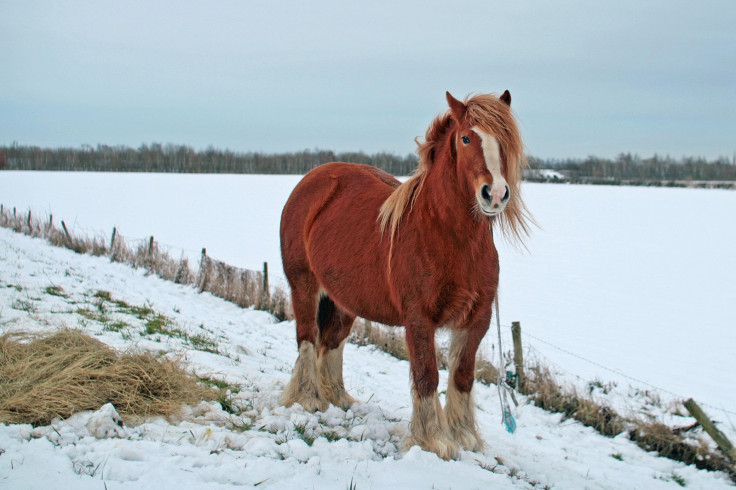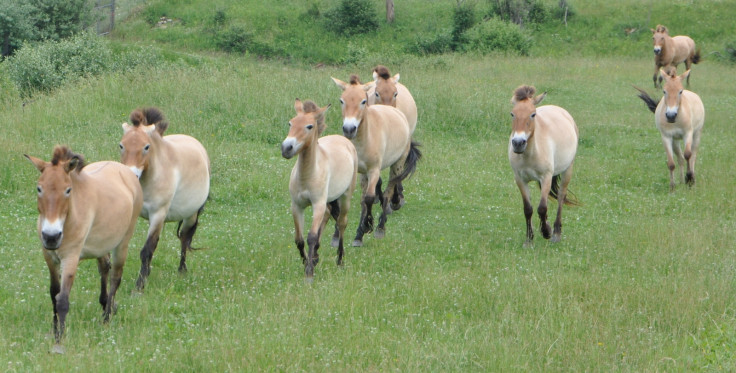DNA changes reveal how ancient horses were domesticated 5,500 years ago

How horses became domesticated over the last 5,500 years has been revealed by scientists using genetic sequencing.
Horses were a key factor in the revolution of human civilisation, allowing for increased mobility, and therefore the spread of ideas, language and society. They also changed warfare and agriculture significantly.
This process of domestication also came with a cost, however, leading to the extinction of populations of wild horses through interbreeding when the number of domesticated horses fell short.
In the study, published in the journal Proceedings of the National Academy of Sciences, scientists note that the only surviving species of wild horse – the Przewalski's horses from Mongolia – comes from just 13 individuals.
Because of this loss, efforts to study the genetic diversity has been problematic. As a result, researchers instead looked to ancient species of horse to compare their DNA with modern domestic species.
Researchers looked at specimens from 43,000 and 16,000 years ago, predating the beginning of domestication.
Findings showed there were 125 candidate genes involved in a range of physical and behavioural traits that could have been favoured by humans. These genes were found by comparing two modern domestic horse species to the two ancient horse species and the Przewalski horses.

Beth Shapiro, head of the University of California, Santa Cruz (UCSC) Paleogenomics Lab, said: "We provide the most extensive list of gene candidates that have been favoured by humans following the domestication of horses. This list is fascinating as it includes a number of genes involved in the development of muscle and bones. This probably reveals the genes that helped utilising horses for transportation.
"Perhaps even more exciting as it represents the hallmark of animal domestication, we identify genes controlling animal behaviour and the response to fear. These genes could have been the key for turning wild animals into more docile domesticated forms."
Researchers also found that ancient horses provided a huge amount of genetic variation to modern populations of domestic horses, suggesting restocking from wild population descendants (but not Przewalski's) ultimately led to modern domestic horses.
Mikkel Schubert, co-lead author of the study from the Centre for GeoGenetics at the University of Copenhagen, said: "Our estimate suggests that at least 13%, and potentially up to as much as 60%, of the modern horse genome has been acquired by restocking from the extinct wild population.
"That we identified the population that contributed to this process demonstrates that it is possible to identify the ancestral genetic sources that ultimately gave rise to our domesticated horses."
© Copyright IBTimes 2025. All rights reserved.






















